Hagerman Audio Labs "Archiver" Spins 78s Correctly EQ'd, But That's Just For Starters
Does it All—MM, MC, single-ended, balanced, +
Even if you don't collect 78rpm records and can't understand why anyone would want to listen to crackling, breakable 3 minute obsolete antiques, consider that streamers and CD fans think the same of people who collect vinyl records. Of course, we know better, and you can believe so do 78rpm collectors.
Regardless of your enthusiasm or not for 78s you are sure to enjoy Amanda Petrusich's book "Do Not Sell At Any Price" subtitled "The Wild, Obsessive Hunt for the World's Rarest 78 rpm Records". And if you do, you should know about Hagerman Audio Labs's recently introduced Archiver Variable Equalization Phonostage, capable of providing a total of 36 EQ curves, plus sufficient gain for low output MC cartridges, fully balanced performance and more.
Hagerman is a direct-sales company always in the pursuit of providing customers with more for less, though in this case providing more for the very reasonable price of $1,189 also involved giving you less: the Archiver circuit board is housed in a flimsy sheetmetal chassis fitted with off the shelf rubber feet and off the shelf knobs. The chassis bottom is made of firmer stuff. On back are two pairs of chassis mounted gold-plated RCA inputs and both RCA and XLR output jacks as well as a ground lug.
The "control panel" look is retro-cool and you can always place the unit on your own chosen feet and if you are tweak-conscious you can probably apply various damping materials to the resonant chassis if you think such treatments have a sonic effect (I do). However, this is a review of the "as shipped" Archiver. At least you'll save on shipping cost as the unit weighs all of 2 pounds.
Mr. Hagerman says in the equally flimsy two sheets of paper stapled together instruction manual that he uses matched JFET pairs costing him $100 per. In the normal sales channel, 5X cost is typical, meaning one pair alone would at retail cost $500. Something to consider. Give Hagerman credit for giving you pages dedicated to the circuit schematic, dated March 22nd (my birthday), 2022. And credit is due for a 10 year warranty against defects in materials and workmanship. I'd ask first before opening and adding "tweaks" of any kind lest you void the warranty.
The 78rpm era was a "wild west" of no or few standards, and a multiplicity of equalization curves and even optimal stylus profiles. All of that should have been settled when with the advent of stereo LPs, most of the world's record companies adopted the RIAA curve, though oddballs insist to this day that many labels used other curves well into the 70s and beyond. Don't buy into the nonsense there is my advice. One manufacturer suggests different curves for original Prestige and Blue Note records even though Rudy Van Gelder cut both on the same lathe using the same electronics (etc.).
The Archiver's front panel knobs (L-R) are "input" (3 position switch, "1S", "1M", "2S), "loading" (6 position switch 47ohms to 47kOhms), "gain" (6 position switch 46dB-68dB), "turnover" (6 position switch 150-700), "cut (db)" (6 position switch 0-16), "phase" (3 position switch -1,0,+1) and "power" (on/off).
There's an excellent history of record equalization on Wikipedia well worth reading. To set the Archiver for RIAA use 500 (turnover) and 13.7db (cut). The manual gives you a few suggestions for curves to use on various label 78s including some different ones for the same label but at different time periods. It was the "wild west" for sure.
Using Archiver
Speaking of "wild west", when I first hooked up the Archiver there was no output. It was "dead". I opened it to see if during shipping something had shaken loose. Nothing had, but I discovered inside was a single well-populated circuit board and curiously there were RCA jacks at either end of the board obviously not in use in this application. Instead the termination points were wired to the chassis mounted terminations.
When I contacted Mr. Hagerman to give him the bad news he responded that the "0" phase setting was "mute" to make setting changes convenient while avoiding the switch change "thump". That wasn't in the instructions. It was the "wild west" for sure! With that piece of the puzzle provided the Archiver worked as promised.
Over the years I've casually collected 78s at garage and estate sales. I pulled out a bunch for this review, first cleaning them via cavitation using the Kirmuss Audio KA-RC-1, which has a slot for 10" records and is definitely safe to use on shellac records. While my reference OMA K-3 prototype plays at 78rpm I'd just carefully installed a $10K cartridge for review (Audio Technica AT-MC2022) and wasn't going to upset that so I was able to borrow from SkyFi Audio located in nearby Glen Rock, N.J. (done as a favor, they sell used, refurbished gear and do not lend or repair stuff) a used Clearaudio Performance DC turntable fitted with a Clearaudio Tracer arm. Nice piece BTW!
 At a garage sale I'd picked up a Shure V15 Type III fitted with a VN35MR stylus, which was a swell nude micro ridge stylus that tracks at 1 gram but it's not useful for 78s. At another garage sale I'd picked up a VN-78E stylus for 78rpm playback and with that inserted into the V15 Type III tracking at around 3 grams, intro retroland I went! These decades old garage sale excursions pay big dividends!
At a garage sale I'd picked up a Shure V15 Type III fitted with a VN35MR stylus, which was a swell nude micro ridge stylus that tracks at 1 gram but it's not useful for 78s. At another garage sale I'd picked up a VN-78E stylus for 78rpm playback and with that inserted into the V15 Type III tracking at around 3 grams, intro retroland I went! These decades old garage sale excursions pay big dividends!
 Among the records played (and digitized so you can listen) were:
Among the records played (and digitized so you can listen) were:
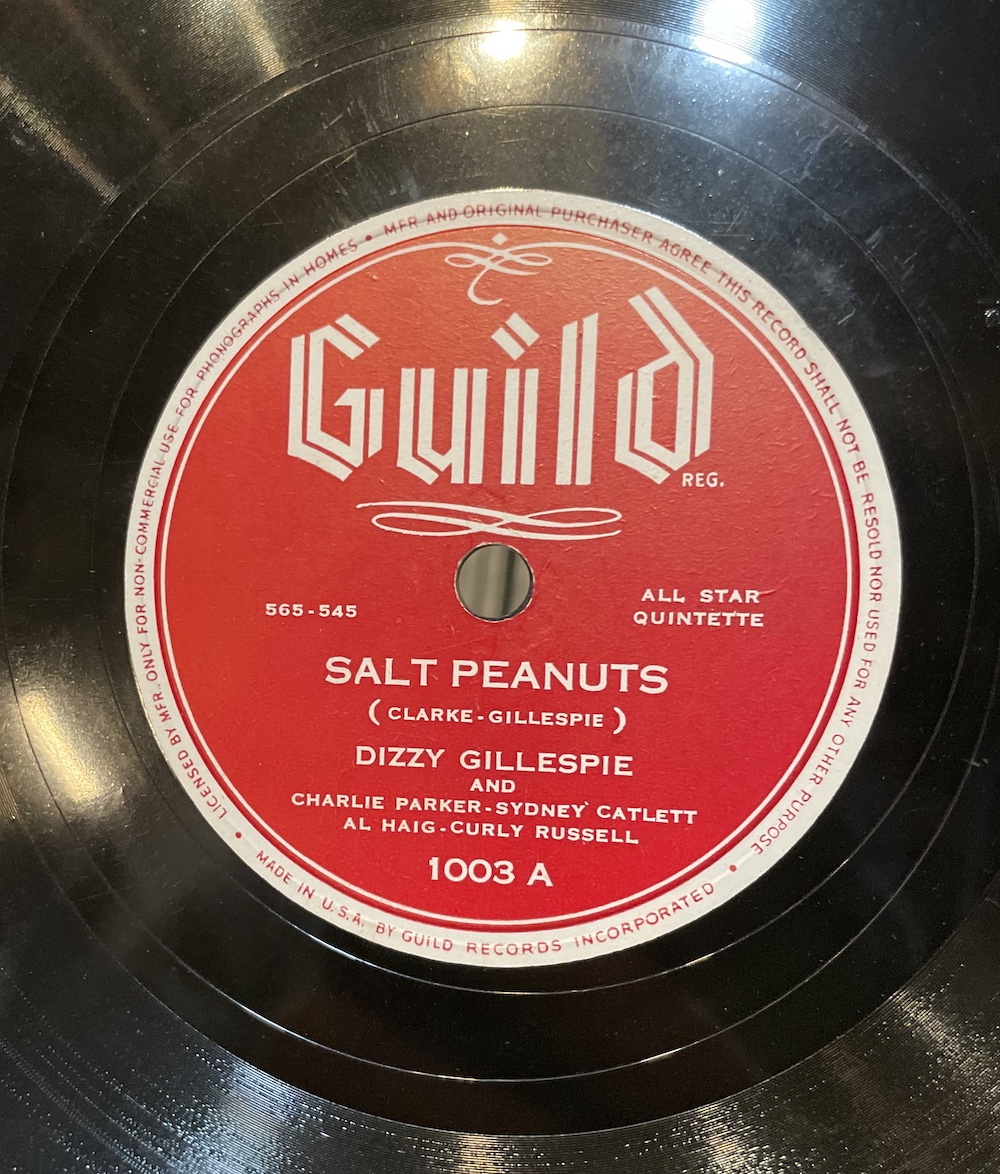
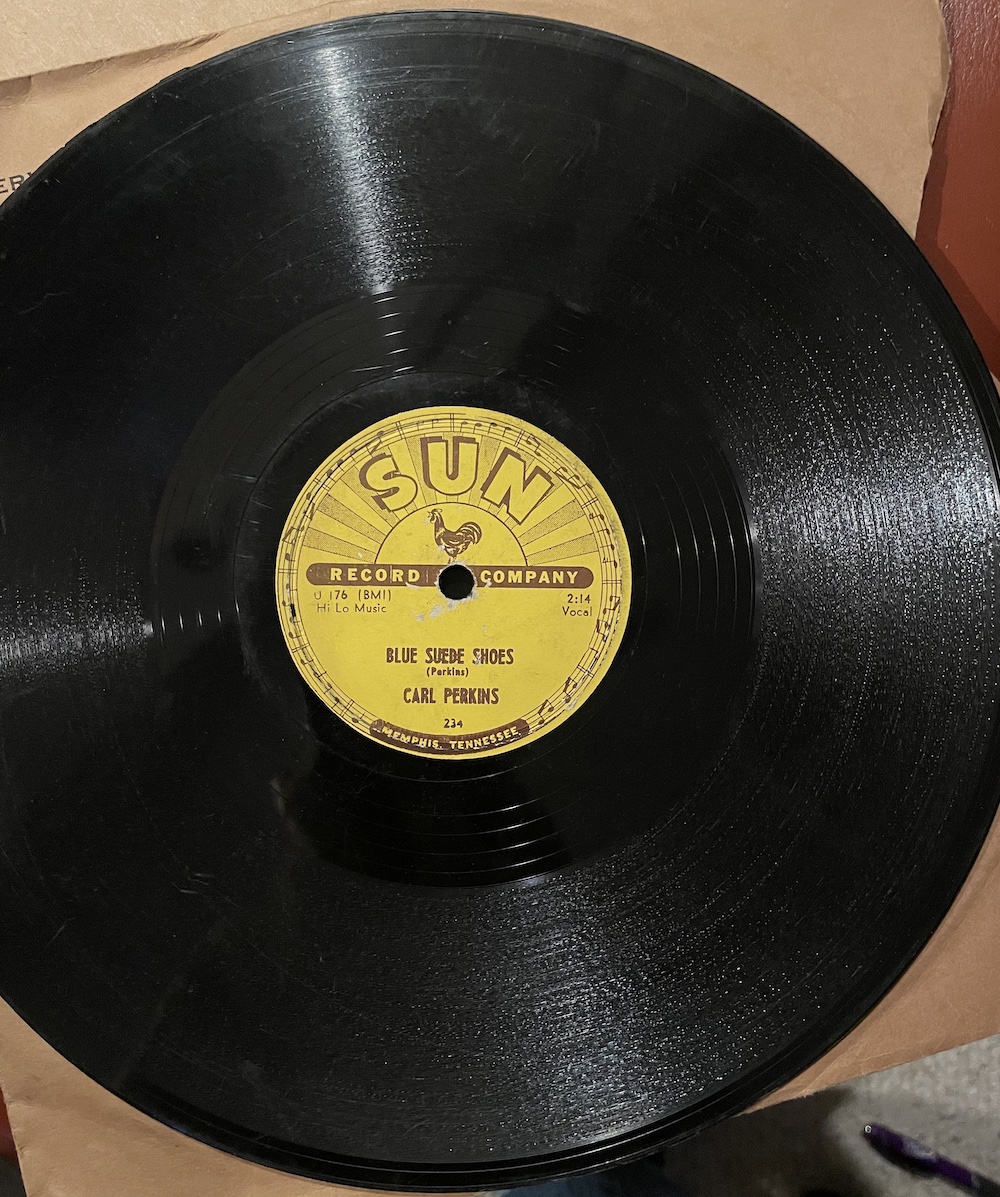 Also recorded: "Long Tall Sally", "Why Do Fools Fall In Love?", "Take the A Train", "Honey Don't", and "How High the Moon". What was the correct EQ curve for these records? The Capitol one ("How High the Moon") seemed easy. I used the later Capitol curve suggested in the user's manual, which gives you but a small number of curves. The Hagerman site links to a much longer list produced by Millennia Music & Media Systems that gives you an idea of the insane number of available curves. Hagerman links to another set of curves on a wiki-audacity page.
Also recorded: "Long Tall Sally", "Why Do Fools Fall In Love?", "Take the A Train", "Honey Don't", and "How High the Moon". What was the correct EQ curve for these records? The Capitol one ("How High the Moon") seemed easy. I used the later Capitol curve suggested in the user's manual, which gives you but a small number of curves. The Hagerman site links to a much longer list produced by Millennia Music & Media Systems that gives you an idea of the insane number of available curves. Hagerman links to another set of curves on a wiki-audacity page.
But for the rock era tunes that were produced post RIAA and also released as 45rpm singles, was the RIAA curve also correct for the singles? Who knows? That's what I used. Before giving you the link so you can listen, if your goal with 78s is to listen to digital files and not play them as 78rpm singles, you might be better off transferring them "flat" to hi-res digital and applying the curve in playback using programs like Channel D's Pure Vinyl software used with its phono preamp (or another brand) that can be set to "flat". If your goal is to enjoy 78rpm playback, there's the Archiver. Listen for yourself
Archiver as a MM/MC Phono Preamplifier
I compared Archiver to the $674.77 QHW Audio The Vinyl MM/MC phono preamplifier also sold direct and the Archiver comes out well behind sonically and otherwise.
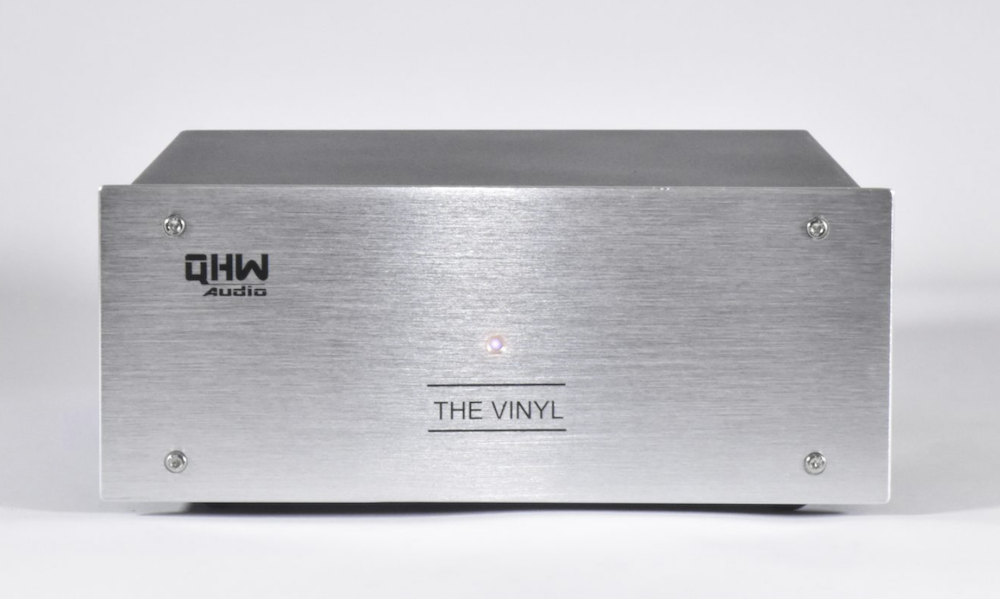
The Vinyl produced a richer, more sonically pleasing musical presentation. So I'd say if you are looking for a flexible phono preamplifier to listen to "live" 78rpm playback or to play pre-RIAA LPs, the Archiver is worth considering. I certainly enjoyed my time listening to original 78s through the Archiver. I did a great deal more listening than I did archiving to present to you here. Wouldn't you if you had these on the shelf?
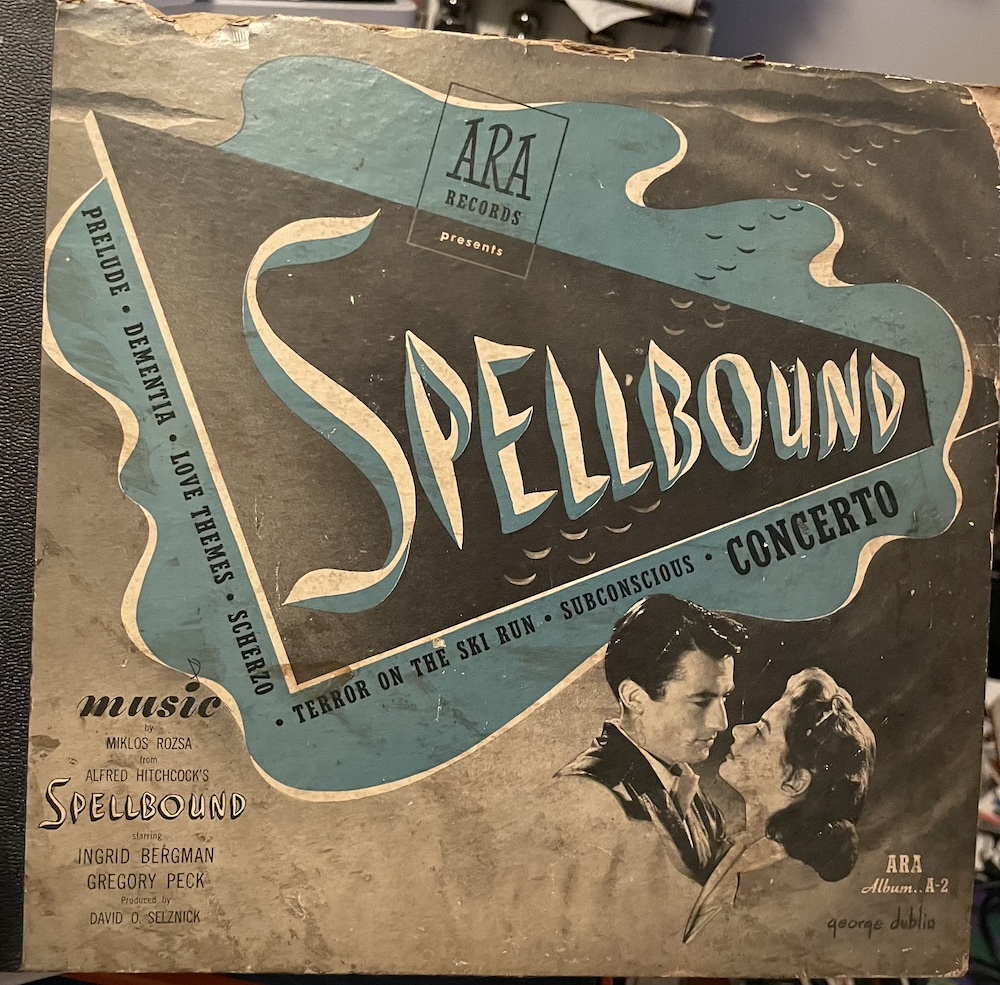
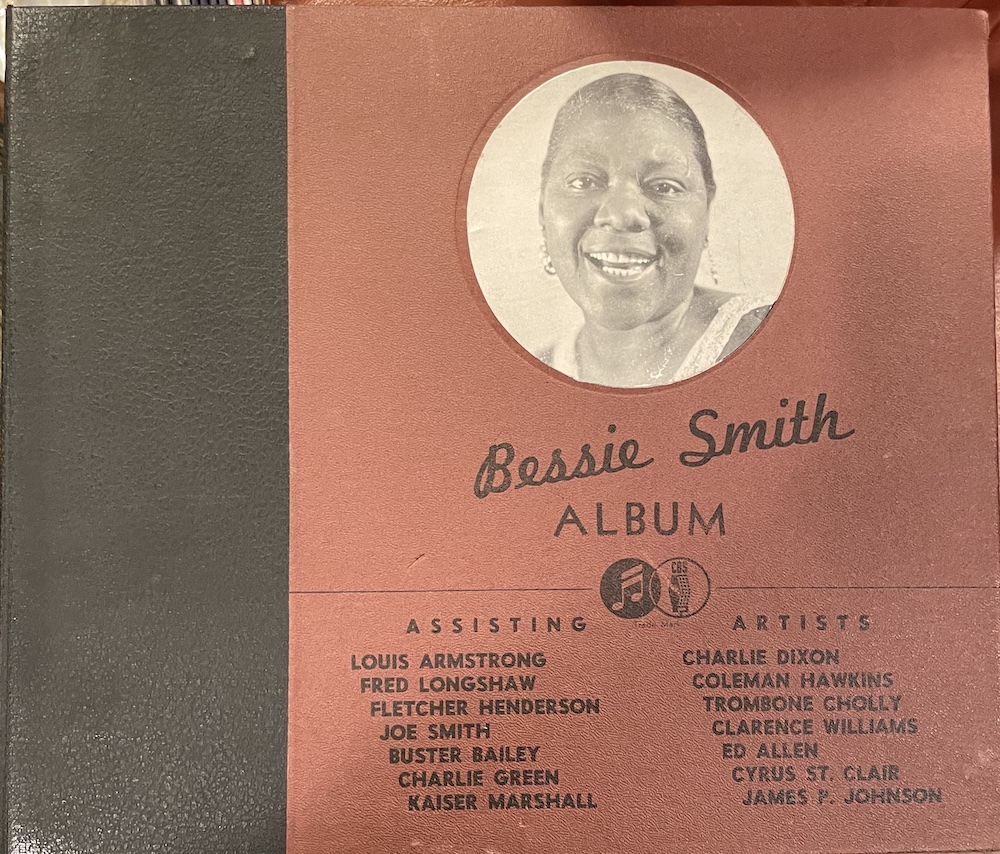
Specifications
47, 100, 220, 470, 1k, 47k ohm input impedance
46, 54, 58, 62, 65, 68dB gain
220pF loading
25Hz to 45kHz bandwidth (-3dB)
68dBA ref 0.5mV signal-to-noise @ 68dB gain
0.04% @ 0.5Vrms distortion (1kHz)
4Vrms @ 1% overload (1kHz)
+/-1dB equalization
14 x 4.5 x 4 inches
2 pounds
24Vdc @ 76mA









































.png)








